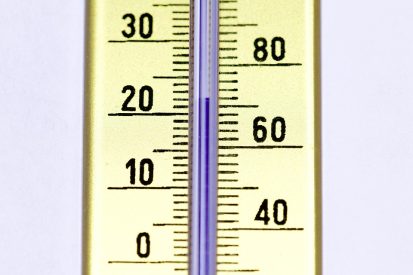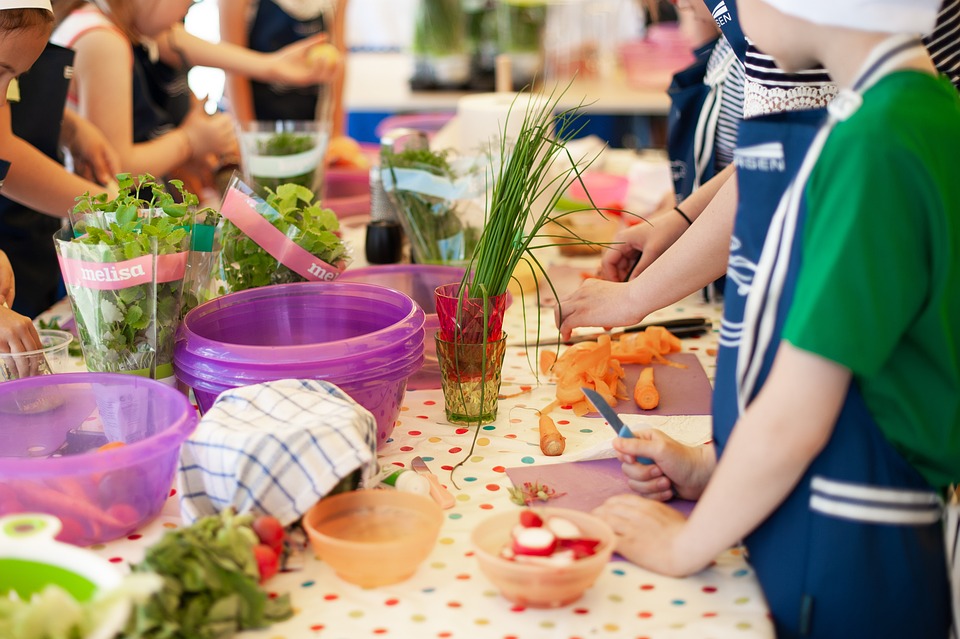
Cooking food to the right temperature is essential for ensuring that it is safe to eat. One of the most important tools for achieving this is a food thermometer. In this article, we will explore the science behind using a food thermometer for safe cooking and why it is necessary.
Why We Need a Food Thermometer
When it comes to cooking meat, poultry, and seafood, it is crucial to ensure that they reach a safe internal temperature to kill harmful bacteria. While visual cues such as color and texture can sometimes indicate doneness, they are not always reliable. This is where a food thermometer comes in.
A food thermometer measures the internal temperature of food, providing an accurate indication of doneness. This ensures that harmful bacteria such as Salmonella, E. coli, and Listeria are destroyed, making the food safe to consume.
The Science Behind Using a Food Thermometer
Food thermometers work based on the principle of heat transfer. When food is exposed to heat, the temperature of the food increases as the heat is transferred from the source to the food. By measuring the internal temperature of the food, we can determine if it has reached a safe temperature for consumption.
There are different types of food thermometers, including digital instant-read thermometers, oven-safe thermometers, and probe thermometers. Each type operates on the same principle of measuring the internal temperature of the food, but they may have different mechanisms for doing so.
Using a Food Thermometer Properly
To use a food thermometer properly, it is essential to insert it into the thickest part of the food, away from any bone, fat, or gristle. Wait for the temperature to stabilize, and then take the reading. Refer to a safe cooking temperature chart to ensure that the food has reached a safe temperature for consumption.
It is important to calibrate your food thermometer regularly to ensure accurate readings. This can be done by placing the thermometer in a mixture of ice and water and adjusting it to read 32°F (0°C).
Conclusion
Using a food thermometer is a critical step in ensuring the safety of cooked food. By understanding the science behind food thermometers and using them properly, we can protect ourselves and our loved ones from foodborne illnesses. Investing in a quality food thermometer and using it consistently can make a significant difference in the safety of our meals.
FAQs
Q: Why is it important to use a food thermometer?
A: Using a food thermometer ensures that food reaches a safe internal temperature, killing harmful bacteria and making it safe to eat.
Q: What are the different types of food thermometers?
A: There are digital instant-read thermometers, oven-safe thermometers, and probe thermometers.
Q: How do I calibrate a food thermometer?
A: To calibrate a food thermometer, place it in a mixture of ice and water and adjust it to read 32°F (0°C).


